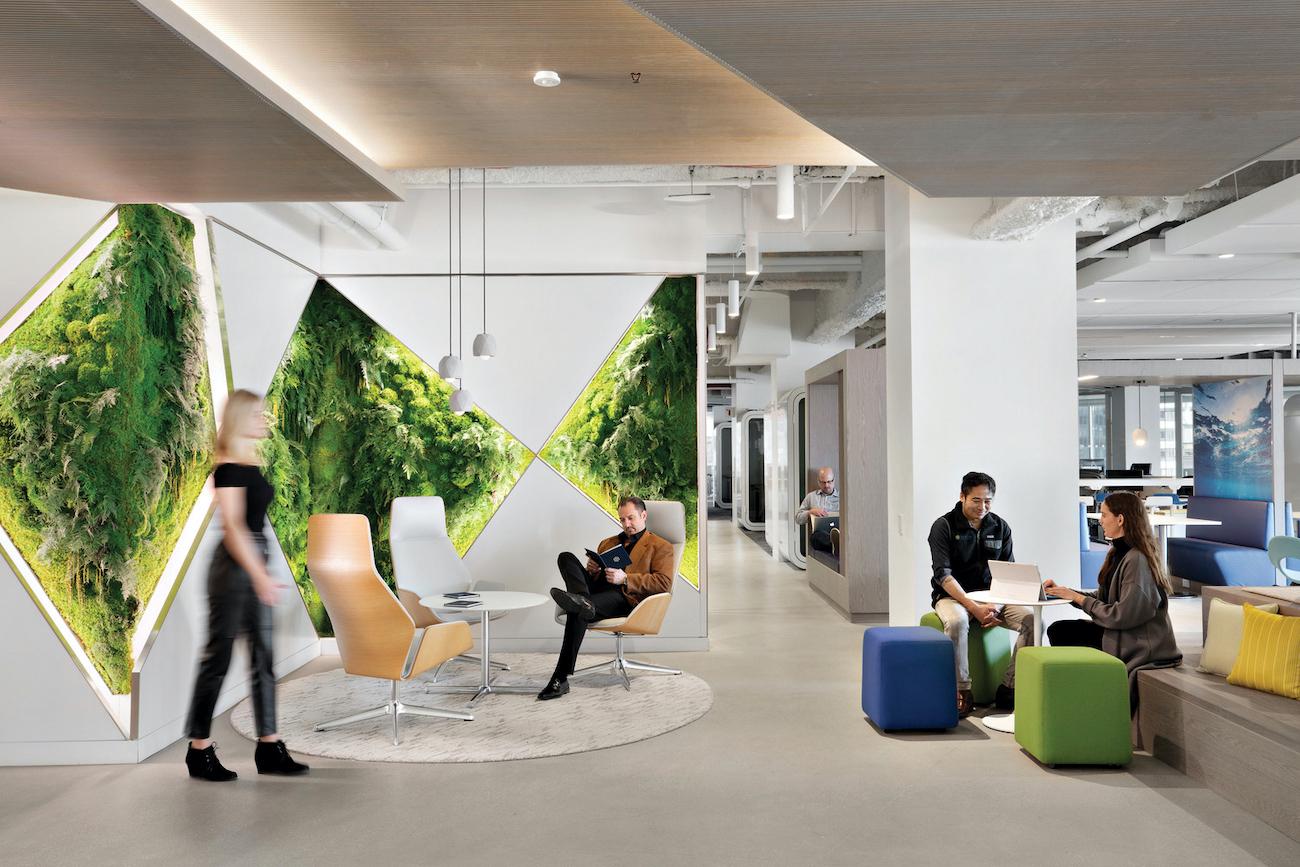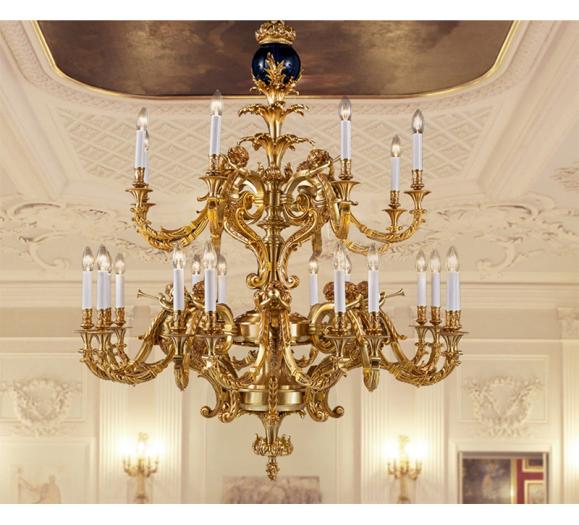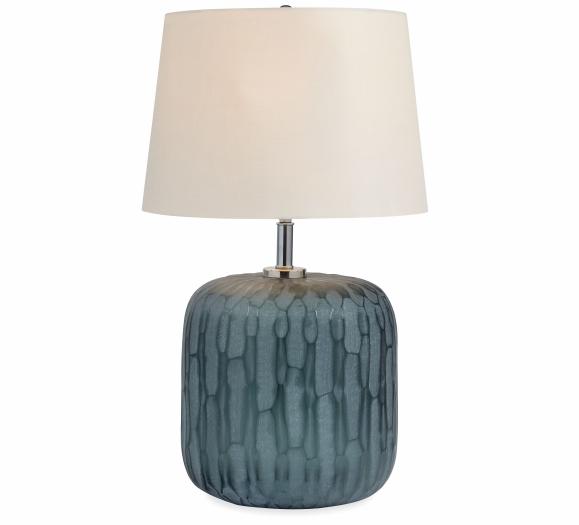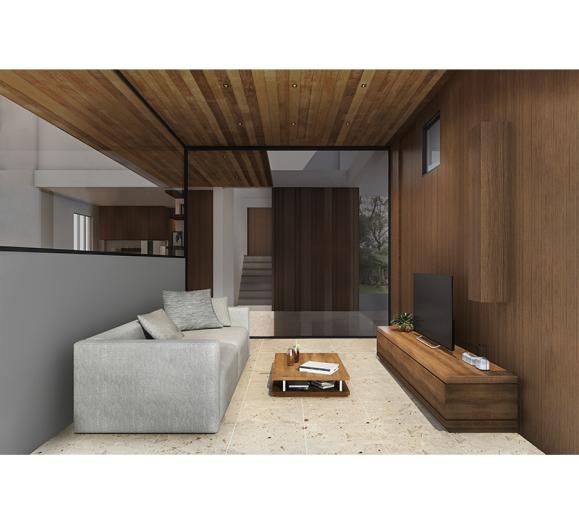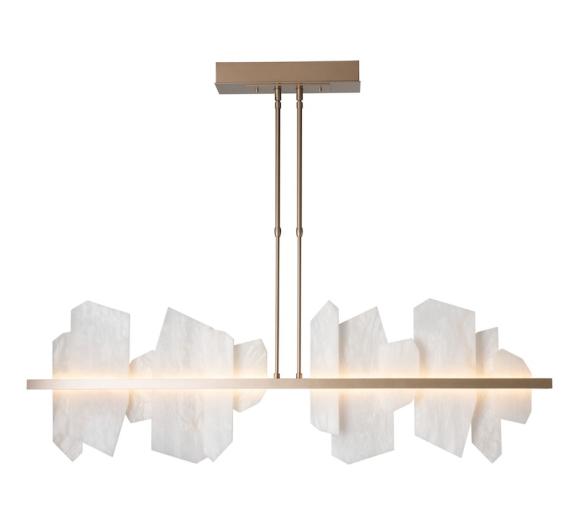The purpose of lighting goes beyond just illuminating the darkness. Light, particularly natural light, tells our bodies the time of day and has a direct impact on our health and wellness, as well as our mood and productivity levels. Using artificial light to mimic the natural passage of time can help energize home or building occupants during the day and help them wind down at night, which is especially important for those still spending extra time working, learning and staying at home as much as possible.
Human-Centric Home
Light is more than just task illumination to help carry out our day-to-day lives, says John Goscha, Founder and CEO of Lucidity Lighting.
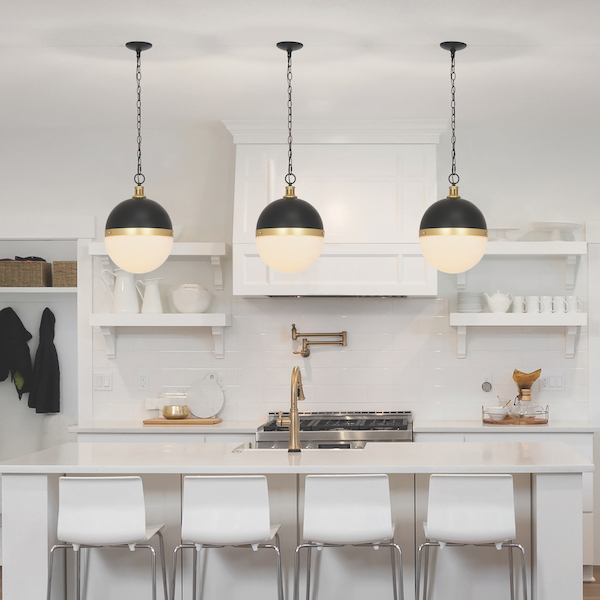
“We actually have pathways in our eyes and certain cells that are there that don’t detect light for vision, but actually to regulate our body’s hormones,” he says “The light that your eyes ingest does affect your hormones. How you feel affects how energized you feel during the day, and that affects how well you sleep at night.”
Human-centric lighting, or circadian rhythm lighting, is a way to use artificial light to mimic the 24-hour light cycle our bodies are used to. Balancing the correct type of light by replicating natural variations in color temperature at the correct time of day helps improve our energy levels and overall wellbeing.
“It’s light that’s designed to benefit people through biological, emotional health and wellbeing,” Goscha says. “It’s not light that’s just designed to look beautiful — even though we do feel better in a room that’s lit with beautiful light — it’s not just to help you see and have enough light. It’s about having the right light that will support your body’s health and wellbeing functions.”
Pre-COVID-19, people spent approximately 90% of their time indoors. During an average work week, this meant time outside for commuting to and from work and maybe an afternoon or evening break outdoors. Now, with many people still working from home, we’re spending even less time outdoors feeding our bodies with natural light.
“A lot of the light in your home has been designed for you being there during evening hours,” Goscha says. “Now that we’re all working at home you actually aren’t getting as much natural light because we’re not going outside as much ... but also the light that we have in our home isn’t the best light for feeling energized and working during the day.”
Human-centric lighting has long been applied in commercial settings, such as hospitals and office buildings, but Goscha sees the technology being more widely accepted in the home. Installing these systems can be as simple as swapping out lightbulbs or more complex, like installing a smart lighting system throughout the house. Either way, there’s a growing trend for consumers who want to feel more energy during the day and sleep better at night, and they’re learning that lighting can play a major role.
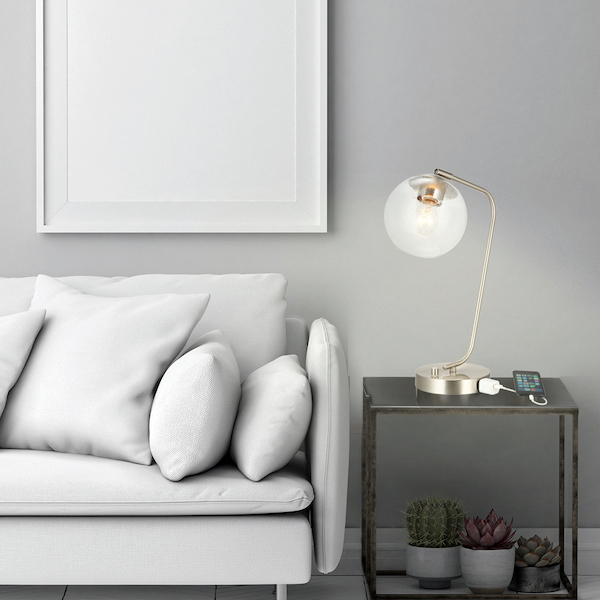
In encouraging consumers to try out human-centric lighting technology, retailers and designers can explain the health and wellness benefits, but to truly understand these benefits, Goscha recommends letting them experience the technology firsthand, either by setting up a corner of a showroom to demonstrate different light levels, or letting them take the products home to live with them for a while. Ultimately, customers have to embrace the technology as part of an overall wellness-focused lifestyle.
“This is about a healthy lifestyle and wanting to help the body be supported with light in the right ways,” Goscha says. “If you have two cups of coffee right before bed, and you have a wind-down circadian bulb by your bedside, you’re still probably not going to be able to sleep well at night.”
Back to Work
In the workplace, balancing natural and man-made lighting with this 24-hour cycle in mind can help boost productivity and enhance mood. Michelle Beganskas, Design Manager at Ted Moudis Associates, a design firm specializing in workplace design, says there are a few basic requirements to meet to light for the task at hand, such as providing even illumination and reducing glare. But what about boosting productivity in the workplace?
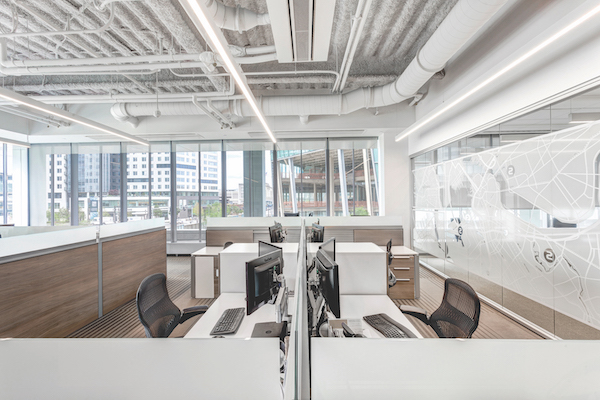
“In regard to productivity, the first thing I think of is daylighting — access to daylight, windows, connection to the outdoors and connection to nature,” Beganskas says. “And when we are connected to nature, one way is through daylight. Our productivity is boosted and so is our health and wellness. We can reduce both absenteeism and presenteeism, and daylighting can do that for us.”
Beganskas specializes in biophilic design, providing a connection between building occupants and the natural environment.
“The best way to connect with nature is to experience it literally, whether that be having direct sunlight or being able to go outside or having real nature, but we can also artificially recreate some of the elements that we can benefit from, one of those being lighting,” she says. “Of course it’s best to have access to daylight and access to views for workers to boost productivity, but also mood. How natural light can impact our wellbeing is that connection to natural systems — you know what time of day it is, you know what the weather is like, you have that connection to time passing.”
She cited a study in which call center employees who sat near a window made more calls than their counterparts who did not, providing a quantifiable measure of daylight’s effect on productivity.
Circadian rhythm lighting enters the picture when access to daylight isn’t possible, for interior desks or offices without a view from a window. In these instances, artificial light mimics the natural 24-hour light cycle in workspaces to boost productivity as daylight would. In less populated areas, such as elevator banks or reception areas, a creative approach can achieve a similar effect using artificial light.
“Some examples of this dynamic and diffused light could be using a textured wall surface to create patterns with light and shadows and using that as a design element, or even using materials that light can filter through, something that’s backlit that can be inspired by nature, but also be achieved through artificial light,” Beganskas says. “Using lighting in that way can also provide a connection to nature, albeit maybe not as strong as having access to real daylight, but all the elements of biophilic design in some way can impact our mood, our health and wellbeing. And a lot of times often biophilic design strategies, especially when it comes to lighting, end up just being good and interesting design.”
As vaccines are distributed and office workers start packing up their home offices in favor of heading back to their usual workplaces, there will likely be an adjustment period. Like Goscha, Beganskas also acknowledges that many home offices are not lit to maximize productivity during the workday, so returning to a building meant for work will be an advantage.
“I think the biggest change going back is just going to be the benefit that employees will have of being back in a space that was purpose-built to get work done and to be productive when necessary and to be social when necessary,” she says.
While Beganskas thinks the transition back to work will be a positive one, building owners should ensure that their spaces are prepared to welcome back employees and that lighting systems are functioning properly, especially after potentially months of unuse.
At the end of the day, it all comes back to keeping the biological circadian rhythm balanced as part of a healthy lifestyle to maintain overall health and wellness.
“I don’t think it needs to be complicated,” Goscha says. “I think that we can keep it simple around just making sure that we’re providing the right light at the right moment so that we have that natural support of our bodily functions.”



